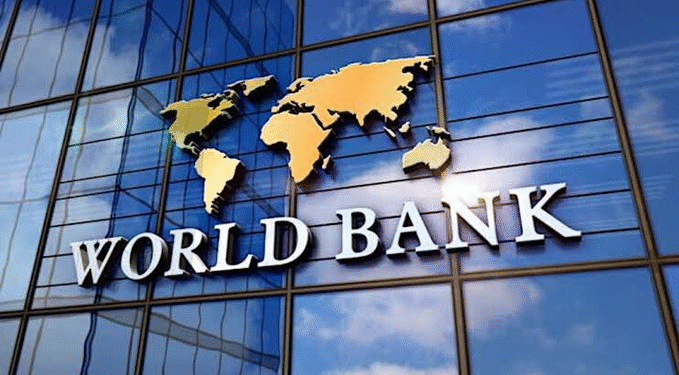The Federal Government has announced plans to increase borrowing in 2025 despite recording a 40.5 per cent rise in revenue within the first eight months of the year.
According to the Presidency, total collections reached ₦20.59tn between January and August 2025, compared to ₦14.6tn in the same period last year, with non-oil income now contributing 75 per cent of the total.

However, funding gaps in key sectors persist. On Wednesday, indigenous contractors protested at the Ministry of Finance in Abuja over unpaid debts of about ₦4tn for projects executed in 2024. This comes days after President Bola Tinubu declared that Nigeria had already surpassed its annual revenue target and would reduce reliance on borrowing.
Despite the assurances, official World Bank documents show that Nigeria is set to secure $1.75bn in fresh loans before the end of 2025 to finance projects in agriculture, health, technology and MSME support. The Bank has already approved $8.4bn in new loans for Nigeria over the last two years.
Data from the Debt Management Office reveals that Nigeria’s debt to the World Bank rose to $18.23bn in March 2025, accounting for nearly 40 per cent of the nation’s total external debt. Economists warn that while multilateral loans are often concessionary, the growing debt burden risks crowding out capital investment if not matched with prudent fiscal management.

They argue that borrowing is not necessarily harmful if directed towards projects that strengthen revenue generation. Still, concerns remain that with Nigeria’s debt now estimated at ₦149tn and rising, over-reliance on loans could deepen fiscal vulnerability in the years ahead.









